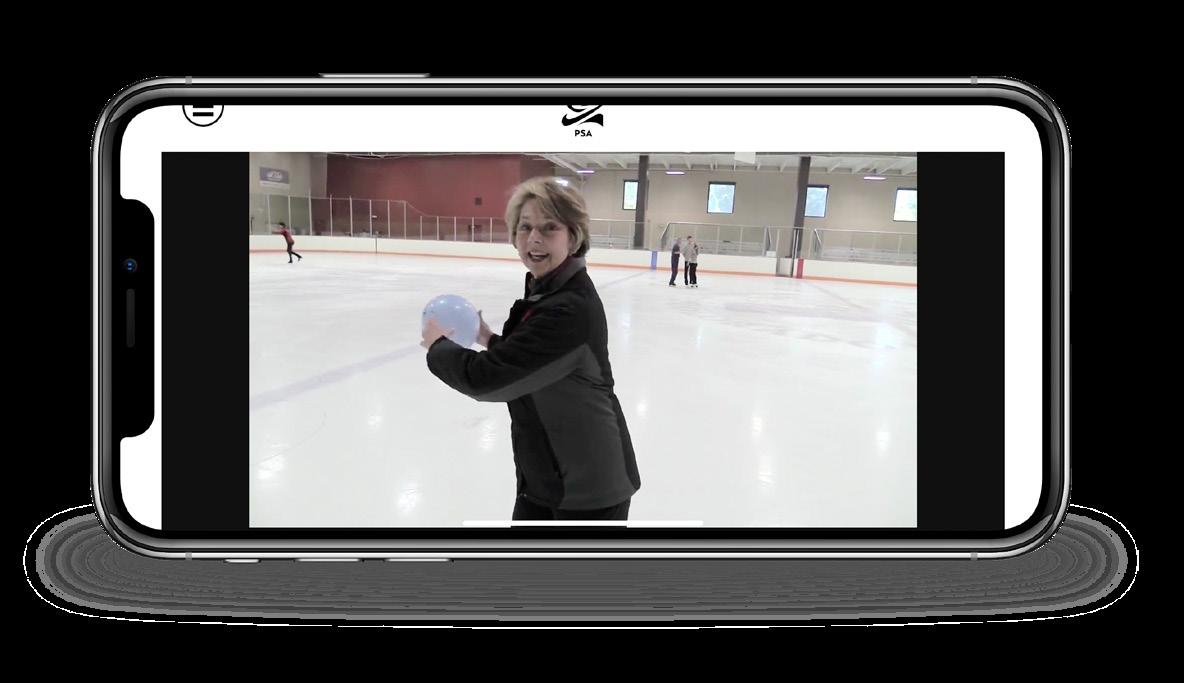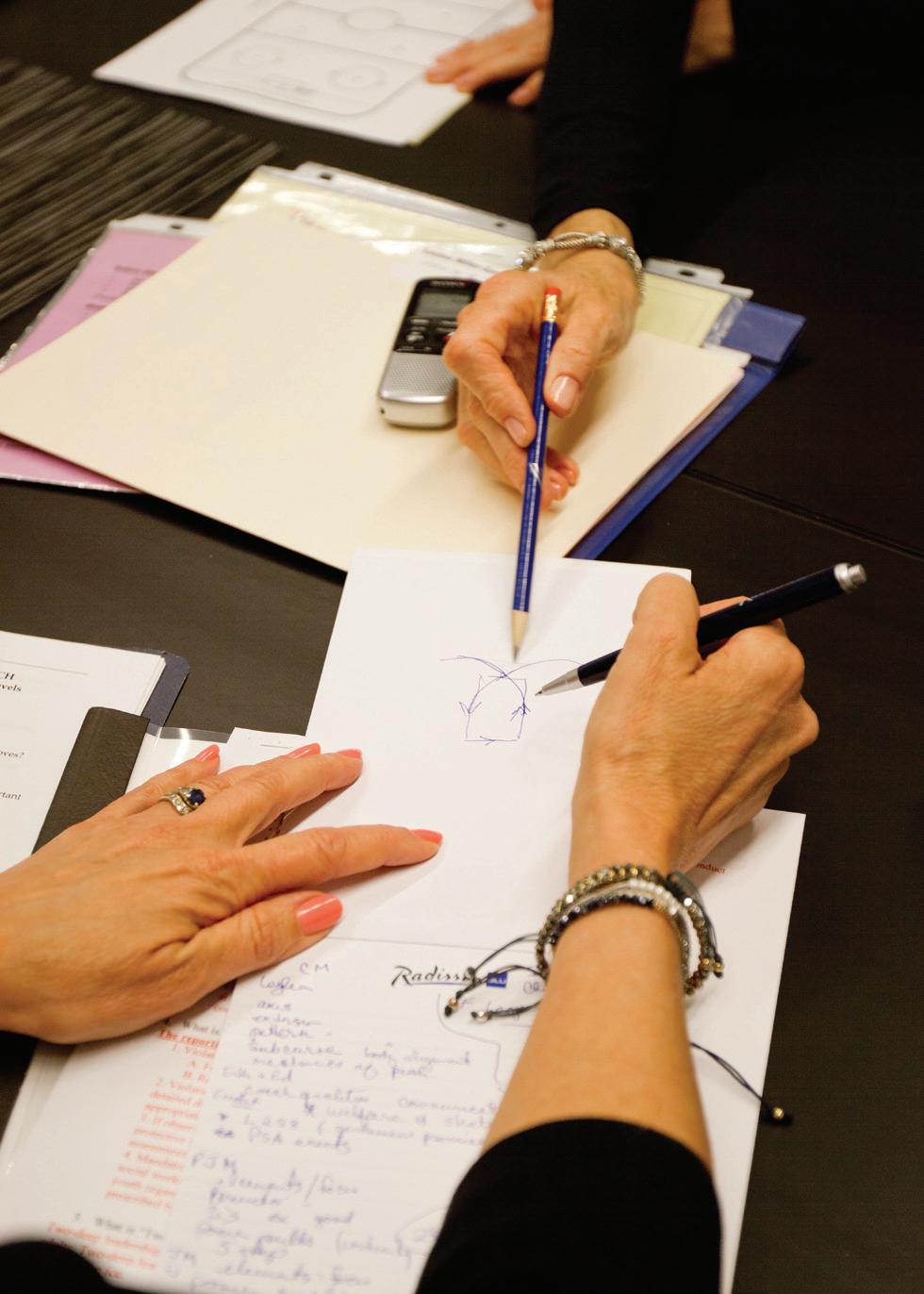
3 minute read
PSA TV Tip of the Week
Christy Krall's Balloon Exercise
By Terri Milner Tarquini
Advertisement
All figure skating coaches could use a little fix-it advice. Enter: PSA TV, where professionals can share insider information about things they’ve learned and gathered to help skaters. In the Tip of the Week section, Christy Krall posted a 1-and-a-half-minute video that goes through a common topic in figure skating—how to generate momentum from your arms on a jump—and utilizes a common household item—an average-sized balloon—as a helpful device.
“We’re going to take a simple balloon, very nice and light,” Krall said. “It’s a little, tricky tool to help the kids understand the pathway of the arms when they’re rotating.” Krall, a 50-year coach at the Broadmoor World Arena, was both a World and Olympic team member and a World and Olympic team coach, including head coach for Patrick Chan for his gold medal performances at the 2011 and 2012 World Figure Skating Championships. A PSA master-rated coach in free skating, figures, and moves in the field, Krall was the recipient of the following awards: PSA Lifetime Achievement Award in 2001; PSA and U.S. Olympic Committee Sports Science Award in 2008, 2011 and 2013, and the PSA Coach of the Year in 2013.
“The arm action is horizontal when you’re rotating,” said Krall, demonstrating with the balloon. “It doesn’t come up and down and it certainly doesn’t open the chest up—one of the biggest problems we have in the world of rotation.” It’s an especially key aspect of the jump take-off, as arm position is part of establishing proper rotational momentum.
The rotation around the axis of the core body is a foremost goal in jump technique; a skater works to achieve an esthetically pleasing body position that allows controllable rotation.

Coach Christy Krall
“Another great thing about using little balloons is it’s going to help your athlete’s posture,” Krall said. “They’re very light-weight and I like to…push their hands into the balloon. What that does is, it activates their shoulders down and really activates their lats. (It also keeps the skater in position) so they can engage their core in front. There’s a very big engagement of the arm into the core so it strengthens the abdominal wall.”
The lats, or latissimus dorsi, is the large, flat muscle running the width of the middle and lower back that connects the upper arm bone to the spine and hip.
The walls of the abdominal cavity are made up of four pairs of abdominal muscles. The deep abdominal muscles, in partnership with the back muscles, make up the muscles of the core. The core muscles protect the spine, and, importantly for a figure skater, keep the body balanced and stable.
The ideal air position is upright posture with a straight back and the head held erect. If the arms on the take-off are not controlled and on a horizontal path, the proper take-off technique and air position cannot be attained.
In all of these ways, an everyday, ordinary balloon can be used as a training tool when properly teaching skaters how to generate momentum from their arms and engage their core, as well as improving posture.
For more Tips of the Week, check out the PSA TV tab at skatepsa.com.

Watch on the go!
PSA TV is an on-demand video library of educational content that includes tips from master rated coaches, webinars, and podcasts. We proudly offer a selection of free content, videos for purchase, or subscribe for only $4.99/month for access to the full catalog.










